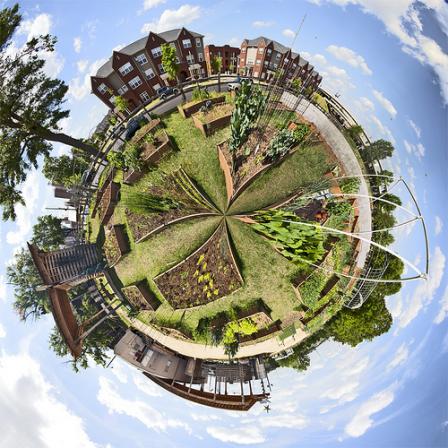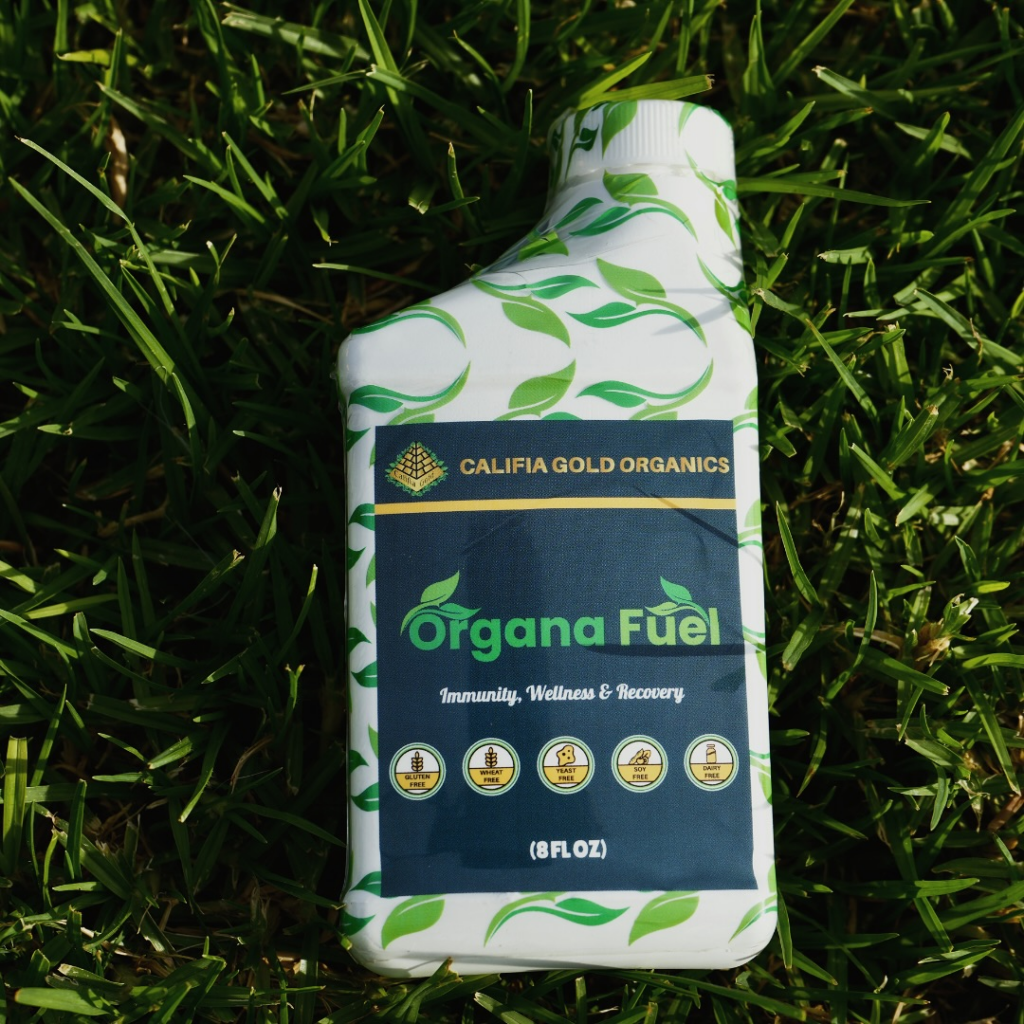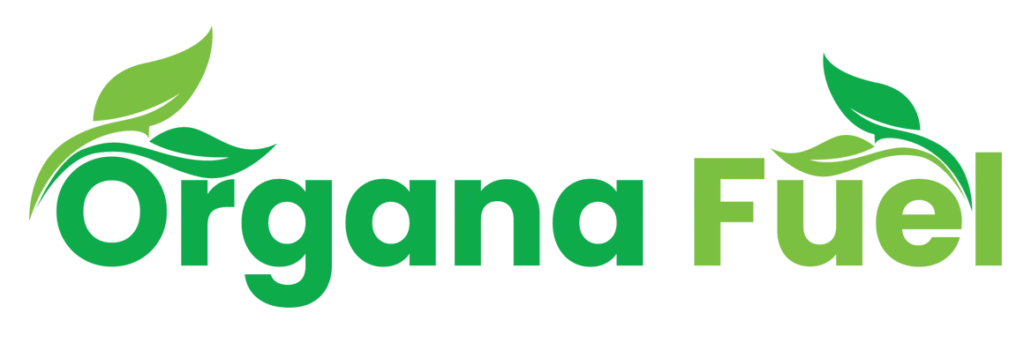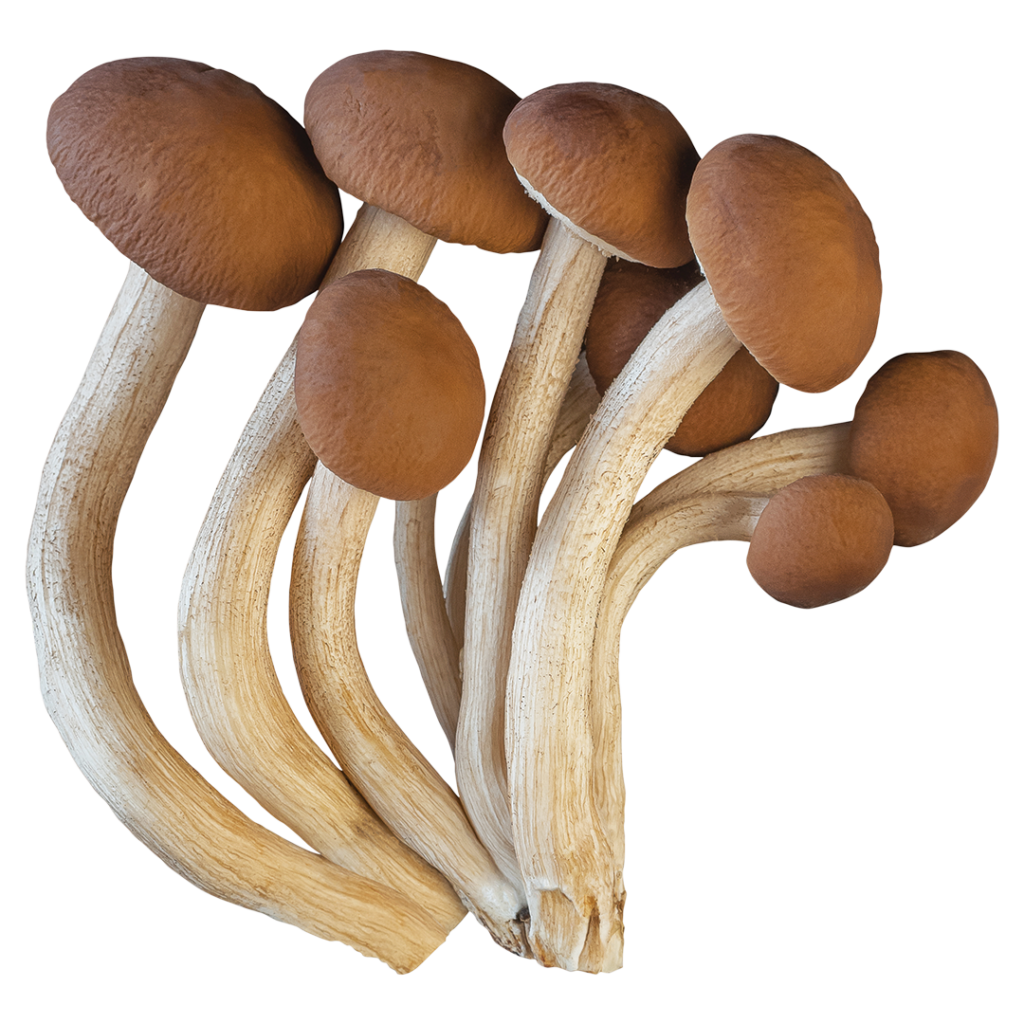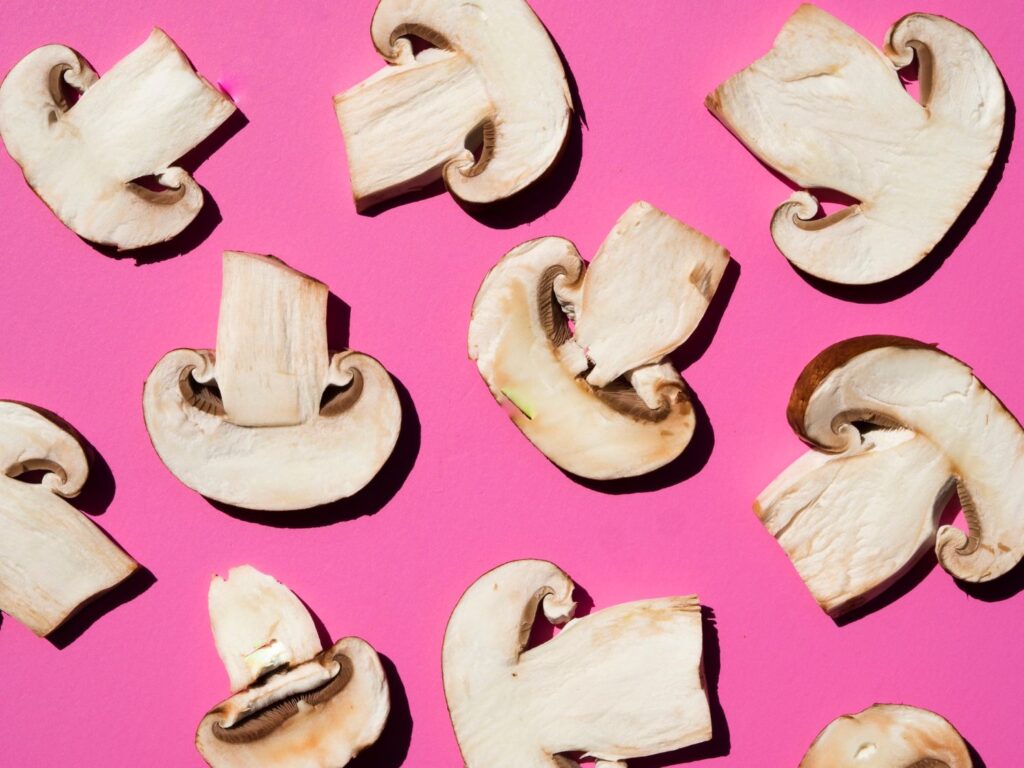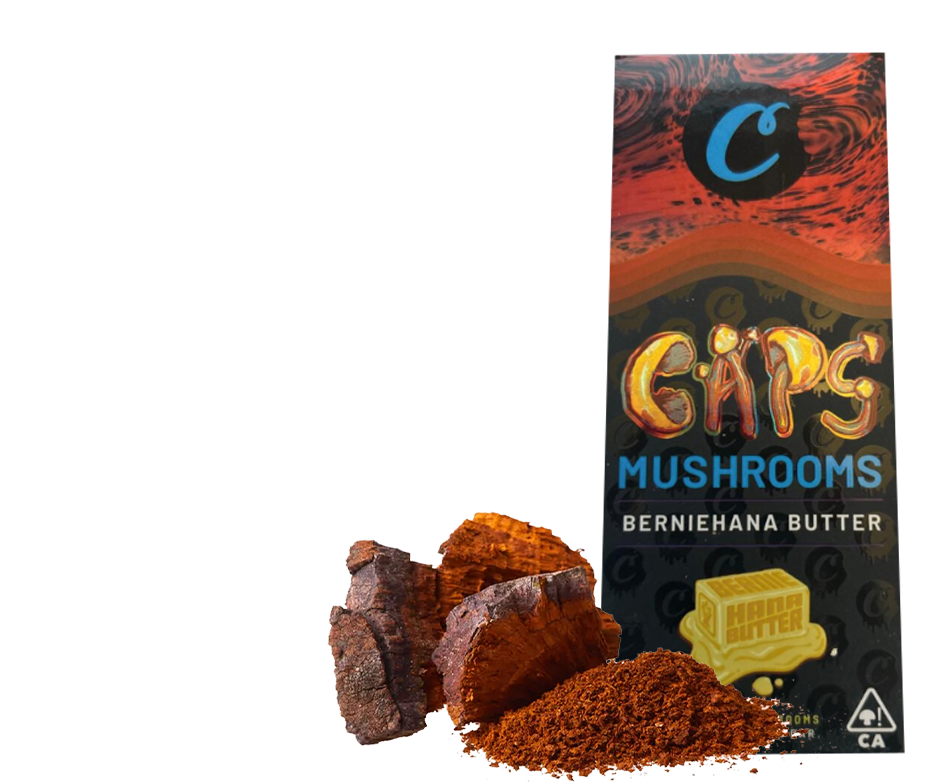Not surprisingly, America’s founders had a deep understanding of “natural economy,” that nature’s renewable wealth was abundant and only needed tending and harvesting from humans willing to do the work. Consider the freedom this provided. In the Old World, land was held strictly by lords and hereditary land owners. Ordinary people had absolutely no chance to acquire land, and consequently could never become wealthy.
In the New World, land was everywhere. And while it could be rightfully argued that this land was being wrested from the native peoples, and parts of it yielded wealth only through the hard work of slaves, it still provided a rare opportunity in a dominate-or-be-dominated world. Two centuries before Darwin, economic Darwinism was in full flower. Beginning with Columbus’s journey, followed by the explorers of Spain, Portugal, Holland and England, the New World was first of all a source of gold. That gold made Spain a wealthy nation, and indirectly led to “enlightening up” the Dark Ages.
England got into the act in 1600, when Queen Elizabeth founded the East India Company, the purpose of which, according to agrarian economist Charles Walters, was to “plunder the planet.” For along with the “divine right” of royalty came the divine right to everything that could be acquired. The New World was not only a source of gold, but a source of free land, free food and “subhuman savages” who could either be harnessed to the plow or dispensed with. Here is a quote from Columbus himself that illuminates the 500 years of history that followed his journey: “The Indians are the best people in the world and above all the gentlest — without knowledge of evil — nor do they murder and steal. They would make fine servants. With fifty men we could subjugate them and make them do anything we want.” Perhaps the philosopher who first observed that the road to hell is paved with good intentions should really have said: “The road to hell is paved with people with good intentions — who were used as paving stones by people with bad intentions.”
Nonetheless, there were several factors that made the North American colonies unique. First, many of the settlers were refugees from either religious or economic persecution, and in the colonies they had the freedom to experience “live and let live” as opposed to “dominate or be dominated.” They were also influenced by the Native peoples — particularly the Iroquois Nation — who had an advanced system for living in balance with nature and with each other. These native cultures informed the Enlightenment, and these enlightened ideas became the founding principles of what would become the United States.
In a world where England and the other European nations saw exploitation as the natural scheme of things, America’s founders had a more enlightened understanding of how to thrive without exploiting or being exploited. Wrote Benjamin Franklin, “There are three ways for a nation to become wealthy. First, by war and taking away the wealth of another by force. Second, by trade, which to make a profit requires something cheap. Third, by agriculture, where by planting a seed you create new wealth as if by miracle.”
Big Box Stores, 18th Century Style
Just as the Revolutionary War was fought to overcome economic exploitation, the United States itself was founded for the specific purpose of protecting and nurturing its own wealth that came from what this new land yielded. In the period 1783 to 1789, the newly freed colonies suffered a severe economic depression. Why? Because British merchants were flooding the colonies with cheap goods made by cheap labor, sharply undercutting the growing industries here. Does this sound familiar? More than 200 years ago, the 1700s version of “big box” stores was putting America’s neighborhood outfits out of business!
Here were the colonies that had so recently lost blood and fortune to gain political independence, and now were being “re-colonized” by the economic tyranny of cheap goods. While then as now, cheap goods are attractive, the bargain comes with a hidden price tag. The influx of cheap goods drove prices down in the colonies, caused businesses to fail, and unemployment to be widespread. People without wages have little buying power, and that reinforced the market for cheap goods, “cheapening” the entire American economy. Meanwhile, in the colonies or factories where these goods were being produced, workers, natives and land were being exploited — that is, used without fair compensation. As a result there was a loss on both ends, with only the middleman gaining from both transactions.
Consequently, the United States of America was created to protect the most unique economy in the world against “free trade” just as we might erect a fence around a newly planted garden to keep the deer from nipping it in the bud. In contrast with the predator economies of Europe that sought to take wealth from others through force and through leveraged trade, here was a new nation where it was understood that wealth was on the ground and in the ground, available to all willing to work it.
The nations of Europe resented this upstart start-up nation that had the nerve to imagine it could be economically independent. When Abraham Lincoln decided to issue “greenbacks” — fiat currency without gold backing — to finance the Civil War, a London Times editorial fulminated, “It will pay off debts and be without debts … and become prosperous without precedent. That country must be destroyed or it will destroy every monarchy on the globe.” What America was founded on — and what has now been severely compromised by greed, misunderstanding and manipulation — is what economist Carl H. Wilken called “people’s capitalism.” Although little remembered now, Wilken was a visionary voice in the wilderness at a time when America was making the choice once-and-for-all to move from a generative economy to a predatory one.
Wilken’s ideas were based on the simple contention that “all new wealth comes from the soil.” Even in the cyber economy we find ourselves caught up in today, without the goods that come from the earth life would perish. As Benjamin Franklin understood, agriculture is “manna” from the ground up. Every year, as if by magic, edible life springs up from the ground. Cultivation of this abundant wealth — and being paid fairly for it — is the foundation of what Wilken called “people’s capitalism.” Writing in the 1930s, he contrasted this with two other forms of capitalism, state capitalism and international capitalism. In state capitalism — typified by socialism and communism — the state owns the means of production, and runs the system from the top down. International capitalism, typified today by international banks and multinational corporations, are concerned only with profits, and these profits are too often based on exploitation. “People’s capitalism” meant building wealth from the land. The function of the government, at least as the Founding Fathers saw it, was to “protect the individual against exploitation of a more powerful neighbor.” Congress and only Congress was authorized to coin money, money that was not created out of debt but which accurately represented the value of the wealth of the nation. Living in this age of multinational corporations, many of us may have developed a jaundiced view of capitalism. But Wilken saw a nation of six million capitalist farmers, all growing not just their crops, but the wealth and savings of the whole country.
The American Devolution:
From Original Wealth to Original Debt
“From 1700 to 1800,” said Wilken’s associate Charles Ray, “our nation’s farmer-pioneers were creating the first basic capital in the wealth of [America] by raw labor out of the soil.” E. H. Taylor, editor of Country Gentleman, called this bounty of raw materials “original wealth.” And yet, two centuries later the United States, the most powerful empire in the world, has an economy so compromised it can only function through massive infusions of debt. Whereas our parents and grandparents enjoyed a high standard of living fifty years ago on one income, it now takes two-and-a-half incomes to even approach that standard of living. The money most families used to put aside for savings now goes to repay debt.
What went wrong?
The subtext of American history from this country’s founding until 1913 was the struggle between those who wanted banks in charge of monetary policy, and those who wanted the government of the people to determine how much currency is coined. The battle was decisively won by the banks in 1913, when the Federal Reserve was established, insuring that U.S. currency would be debt-based, issued through private banks.
A year later, the World War began in Europe and European bankers had loaned the Allied powers $15 billion. But by 1916, the war was going poorly for the Allies and the bankers needed two things to secure their loans. First, they needed for the United States to enter the war and shift the balance of power towards the Allies. Second, they needed for America to loan the Allies an additional $15 billion from the U.S. treasury. And so Woodrow Wilson, the man who ran for President in 1916 on the platform “he kept us out of war” (not, we should note, “he’s gonna keep us out of war”) got us into war on April 6, 1917, just weeks after his inauguration. America’s “victory” in that war may have set the country on the road to ruin. At the end of the war, the Allied powers were victorious, but bankrupt. Without money, they had to repay the United States in goods. Well, goods are good, right? Not exactly. At a time when America was already prosperous and self-sufficient, Congress lowered the tariffs in order to import the goods and collect the war debts. From 1919 to 1929, America imported $43 billion in goods — and that meant $43 billion that our own industries weren’t earning. Plants closed, and by late 1929 there were 12 million unemployed.
Meanwhile, European banks had $3.5 billion on deposit in U.S. banks. When they “drafted” those reserves, America’s banks were caught short. And the economic house of cards came tumbling down.
And so by 1932 — less than two decades after the establishment of the Federal Reserve — America’s economy had experienced all of the disasters that a national bank was supposed to have prevented. The farming community was devastated by overwhelming debt and falling land prices. Factories were closed, and banks were going bankrupt. National income dropped 52%, and one quarter of America’s work force was unemployed.
According to Stephen Zarlenga, director of the American Monetary Institute, “In that horrendous climate, many economists were aware that the banking system caused the problem and major changes were needed.” At this challenging moment, Henry Simons at the University of Chicago assembled the “greatest economic minds of the country”. The plan they came up with became known as “the Chicago Plan,” and was circulated to a thousand academic economists across the country. Of those who responded, 235 agreed with the plan, 40 agreed with some reservations, and only 45 disapproved.
The Plan was harshly critical of the banking system of the time, stating: “If the purpose of money and credit were to discourage the exchange of goods and services, to destroy periodically the wealth produced, to frustrate and trip those who save, our present monetary system (does that) most effectively!”
As for prescriptions, they were radical:
1. Only the government would create money. Fractional reserves — the mechanism banks had used to “create” money — would be abolished. Banks would essentially be warehousing money and charging a fee for their services.
2. Lending — the province of the banks — would be separate from money-creation. This would prevent banks from “borrowing short” and “lending long,” another way that banks created money out of thin air and were able to pull the rug out on ordinary people when money “tightened” again.
3. An important distinction was made between money and credit. During the early years of the Depression, defaulted loans and reduced borrowing artificially shrunk the money supply. This is why there was work to do, but too little money to pay for it. Separating money and credit would greatly stabilize the economy, possibly preventing future depressions.
The plan called for the money to flow right into the banks, many of which had had to close their doors because of “runs” where their customers demanded more cash than they had on hand. Under this plan, the banks would be paying interest to the government instead of the other way around. The banks would still be able to make reasonable profit through making loans. The Chicago Plan would have returned America to the original notion of the Founding Fathers — that it was the government (representing the will of sovereign citizens) that would issue the money, and this money would reflect the value of the real wealth in the economy. This money supply would not be subject to the manipulation of the “money changers” for their own benefit.
The Plan was enthusiastically supported by the “best economic minds” of the era. Paul Douglas — later a U.S. Senator from Illinois — wrote, “This proposal will of course be opposed by the bankers from who it takes the lucrative privilege of creating purchasing power. It would however insure the safety of deposits, insure large revenues to the government, provide complete social control over monetary matters and prevent abnormal fluctuations in the money market. At the same time it would permit the allocation of productive resources … to remain primarily in private hands. All in all it seems the most promising program for the reform of our money and credit system…”
A young Milton Friedman became a well-known advocate of the plan, writing, “… the creation of fiat currency should be a government monopoly.”
So what happened? How did the Chicago Plan go the way of the Chicago Plan for the Cubs to win the World Series? Quite simply, it was an idea whose time had not yet come, and those who benefited from the old system were able to mobilize their resources to prevail. Although legislation was submitted to Congress, the legislation languished and not even its sponsors — like Sen. Bronson Cutting of New Mexico — could articulate it well. No one bothered to present it to the people themselves because no one imagined they could understand it.
Meanwhile, the bankers and Secretary of the Treasury Henry Morgenthau, Jr. convinced President Franklin D. Roosevelt that the plan was unworkable and steered him towards another economic guru, John Maynard Keynes, whose approach was to keep the bankers in power but soften the impact of economic vicissitudes on the public. “Keynes,” writes Zarlenga, “was therefore not revolutionary except in relation to the utter backwardness of the financial establishment.”
Keynes, like most economists at the time, believed that investment runs the economy. The more money made available for investment, the more the economy could grow, even if that investment money was borrowed. “We’re borrowing from ourselves,” the saying went. Unfortunately, what this really meant was that “we the people” would end up owing large sums of money to “we the very, very few people.”
In contrast, the “raw materials economists” like Wilken tried to make the point that no economy could be based on debt. The foundation of a healthy economy, he argued, was “earned income based on the parity monetization of raw materials,” meaning that real wealth comes from the tangible products we bring forth from the earth, AND a fair price paid to those who do the extracting. An exacting mathematician, Wilken came up with a formula that would accurately predict America’s national income fourteen years running: National income was always roughly seven times the farm income.
He explained it this way: The earth is the only producer of “original wealth,” meaning that the earth gives her yield without charging interest. Each season, new wealth is infused into the economy. The farmer is the first earner and first spender of that wealth, which “reverberates” through the economy. The farmer pays the feed storeowner, pays for farm equipment, and buys clothes, etc., fueling the prosperity throughout the local community. Meanwhile, as this new harvest is distributed more people make money and more communities benefit, all the way down to the local grocer or supermarket. Think of it this way. If there were no food to sell, Whole Foods would have to call themselves Whole Nothing. Food is the basic “fuel” for our economy because it is the most constantly and consistently consumed item.
Consider further that if a farmer raises 100 bushels of corn and gets paid $10 a bushel, that infuses $1,000 into the economy. But what if — in the name of lower food prices — the farmer only gets $5 a bushel? That means that only $500 is infused into the economy, half as much. To prove his point, Wilken pointed to the farm income in 1929 — the last year before the Depression — and in 1932. Farm income dropped from $11 billion in 1929 to $5 billion in 1932, and yet production remained the same! The only difference was a loss in buying power.
As Wilken loved to point out, a bushel of corn at $5 had just as many calories as a bushel at $10. In a pamphlet called The Key to Prosperity, Wilken wrote that America could have any level of prosperity it desired as long as it remembered this 7-1 ratio of national income to farm income. “A parity — or equal exchange,” he wrote, “is not simply a matter of fairness to the people in agriculture. It is a matter of self-interest to those in every other group in America.”
America’s Near-Debt Experience
However, in the midst of a grave economic emergency, President Roosevelt chose a different path. He launched a massive public works campaign that might well have prevented a fascist or communist revolution during these times. Following the Keynesian model, he infused money into the system through organizations like the Works Progress Administration (WPA) and young unemployed workers helped build our national parks system and other valuable infrastructure. Young writers and photographers were also paid to do cultural history projects (such as interviews with the dwindling population of ex-slaves), and these too have added to America’s collective knowledge and intelligence. But the problem with this program was the same problem we are suffering from today. They were all debt-based.
“Debt,” Wilken warned, “is a mortgage against the income of future generations.” But in the end, the “international capitalists” were too strong and the persistent belief system of “unregulated private business” and “free market system” prevailed, while ironically government spending skyrocketed! In a trend that began at the beginning of the 20th century, American capitalists accelerated investment in exploitative enterprises overseas, and have used America’s military might to secure these investments.
This has resulted in a geometrically multiplying loss for the United States, even as it’s become the most formidable military power in the world. The losses are threefold. First, America has lost it’s own foundation in “people’s capitalism.” Farming is now largely factory farming, as rural population is now 10% of what it was a century ago. In its place we have a debt-based house-of-cards economy that is kept in place by our military might. That military has cost us $15 trillion since the end of World War II. And speaking of debt, our military operations — overt and covert — around the world have greatly increased our “karmic debt” because they have been largely and tragically in service of the interests of exploitation.
The Nurturing Economy
So, at a juncture where not just America but the world is crying out for a new economics, what have we learned? And how can this learning help us design a system that reflects mammalian rather than reptilian values?
The first thing we learn from America’s experience is that borrowing to consume is unnatural. The body, for example, only has so much energy resources. Any new “investment” — repair of infrastructure or creation of new cells — must be done with available cash (food being digested) or savings (fat and nutrients stored in the body).
That’s why animals do not reproduce if they’re not sufficiently nourished. How do we know? Well, consider that when young women who are anorexic reach a certain level of malnutrition, their periods stop. It’s nature’s way of saying that unless you “pay for” your body’s current operating expenses, there are no savings available to manufacture a new being. The second important learning — the really good news, in fact — is that on this planet, the source of all wealth is the energy from the sun, and the food from the earth. All else is derivative. And this is really great news because both of these resources — understood and managed properly – – are infinitely renewable. As sure as the sun comes up in the morning, solar power is available, either “new” or “used.” As Thom Hartmann pointed out in his book of the same title, the oil we are burning today — in ever-dwindling supply — represents “the last hours of ancient sunlight.” And while we may be running out of stored sunlight, there is an abundance of fresh stuff coming our way daily. Says Dennis Hayes, former director of the U.S. Solar Energy Research Institute, says, “No country uses as much energy as is contained in the sunlight that strikes its buildings each day.”
Because the sun also controls atmospheric dynamics, wind energy too is “solar,” and — as long as the sun comes to work every morning — renewable as well. According to a 1997 U.S. Department of Energy report, three states — North Dakota, Kansas and Texas — had “enough harnessable wind energy to satisfy national electricity needs.” However, according to Lester Brown, that was a “misunderestimation” based on technology that existed in the 1990s. Advances in wind turbine designs now indicate that wind power in just these three states could meet America’s entire national energy demand.
Furthermore, energy consultant Harry Braun suggests that because these wind turbines are so similar to auto engines, Detroit’s auto industry could regear to mass-produce these on an assembly line. This could drop the cost of wind-generated electricity 2 ¢ a kilowatt hour! Lester Brown suggests that by shifting current energy industry subsidies — e.g., the current $210 billion yearly fossil fuel subsidies — this new technology can be developed.
What stands in the way of this development are the same things that have kept the dominator economy in place long since it’s outlived its uselessness:
1. An influential and powerful minority benefits from them.
2. The vast majority of the rest of us have been myth-led to believe that this is the way things have always been and always must be.
Part of what has kept the current economic system in place is the persistent belief in scarcity. With 6.5 billion people on the planet, how could we possible grow enough food for all? The answer is simple and natural. The goal is for each community everywhere to be sustainable, and food and energy self-sufficient. If the sun and soil are the sources of all wealth, then a healthy wealthy commonwealth begins with every community having access to this abundance. On one end of the spectrum, it means the end of exploitive monoculture economies where resources are extracted without the proper payment, and local sustainable farming is marginal at best. On the other end — in the most urbanized and ghettoized areas of our country — food must be grown locally, as a thriving business opportunity. Consider the empty lots in cities like Philadelphia and Detroit, and the possibilities for growing food and sending it up the economic food chain, as this food is sold, processed and delivered.
If we’ve learned anything from “people’s capitalism” and the laws of biology is that when “cells” are allowed to thrive, the entire organism thrives. Those top-down attempts to force collectivism have been miserable failures. However, when individuals cooperate together voluntarily, and when they are allowed to gain a fair price for their labor, communities thrive and the commonwealth builds. The body cares for all participating cells, and so participation is key.
Unfortunately, the well-meaning but wrong-headed welfare policies of the past half-century have discouraged participation and helped create a permanent, disenfranchised underclass. Perhaps what is needed now are “wealthfair programs” that help people in every community learn to generate wealth fairly — and become fairly wealthy. And maybe, instead of kindergarten young children should be attending “tend-a-garden”. This may be how we do indeed re-grow the garden from the grassroots up. The garden, both literal and metaphorical, provides the ideal model for thrival. Every single garden can thrive without detracting from anyone else’s! Other than having your prize zucchini win a blue ribbon at the State Fair, there is no competition in gardening. As much as the soil can produce, or the fish farms can yield, as much solar energy that can be turned into food and power, that’s how much we can have … and more.
To take the garden notion one step further, in a sense each neighborhood, community, city, state and nation is a “garden” with the potential to grow not just food, but other forms of renewable wealth, like happiness. What if each nation had a mission for maximizing happiness in the world, in its own unique way? If this doesn’t yet seem “real” consider that it becomes “realer” as more of us invest our time, resources, attention and intention in that direction. As the old saying goes, we are either part of the problem or part of the solution. The question for each of us to answer for ourselves is, “How can we shift our weight towards the latter?”
Re-Growing Your Garden
Here is the paradox of emergent transformation. Nothing can happen on a global scale without it happening on an individual scale first. As our actions as individuals, families and communities come to reflect what we now know about ecological economics, the global field of functionality will strengthen until one day we will suddenly be aware that we as a world have changed course.
Before we reach this tipping point, however, we must reach a turning point. That turning point can be as simple and profound as changing the context for daily living. Necessity is undoubtedly the mother of invention, and we see all around us the necessity for new invention. But have you ever stopped to think who the “father” might be? We think we have the paternity case solved. Intent is the father. In order to activate creative invention, we must have a focused intention. While each of us must articulate our intent for ourselves, perhaps as the Swami suggests, we can all gather under “one big intent”– to regrow the Garden from the grassroots up and have a heaven of a time doing it. This leads us to the next question which surely we must each answer for ourselves: How do I re-grow my garden?
Once again, rather than answers we offer more questions for us each to ask ourselves: What is it that truly brings me happiness? What is of value, and what is worth having? Each time “I want” comes up, the next question is, “And if I had that, what would it do for me?” What beliefs are keeping my status quo in place? What fears or concerns? How can I “downscale my footprint and upscale my life”? How can I use less and at the same time increase my happiness? This is tricky because there is such a persistent invisible belief in sacrifice and deprivation. So the game is, whatever you choose MUST not just make your footprint smaller, but MUST make your life better. As Swami says, “Self-fulfillment is far more satisfying than selfish feel-fullment.”
How can I educate myself, and help educate others? In a world where we are increasingly seeing that all things are related, we can no longer discount things that are out of our comfort zone, whether those involve “economics,” “politics” or “spirituality.” In these wildly transformational times, we might do better embracing our “discomfort zone” so we become more comfortable with the discomfort of change.
We have seen, just in the past year, the “caterpillar economy” that involves devouring resources in the name of “growth” be severely compromised. With brokers such as Lehman Brothers able to leverage 35 times the wealth they had on hand, the “derivative economy” has proven its utter bankruptcy. Why? Because in this wild spiral frenzy to acquire “derivative” wealth, we have come completely unhinged from where this wealth derives from: the yield of the natural world, and the human imagination that can leverage this yield into tangible wealth and well-being. The caterpillar economy that has gotten us to this point is no longer viable. The good news is, there is a butterfly being born as local communities begin to adopt global principles to grow a new economy based on generating and proliferating real wealth — renewable energy, clean and nutritious food, functional infrastructure, sustainable technology, along with the nurturance and beauty that make life worth living.
As we allow the “myth-perceptions” of obsolete economic thinking to fall by the wayside, we can recognize how all systems — economy, ecology, banking, health care, education, defense — are really one conversation: How do we, individually and collectively, use our resources wisely for the well-being of all? Why? Because in a healthy, caring system a “health care system” requires a fraction of the resource it currently uses, because prevention is far cheaper than cure. And that brings us to a final lesson we can learn from the “natural economy.” Just as surely as international capitalism (corporatism) is proving itself incapable of delivering us into a healthy new world, the same is true of state capitalism (i.e., communism). In a natural economy based on extraction, production and distribution of real (renewable) resources, the forms of organization likewise arise “from the grassroots up.” Consider that in villages and rural communities the world over, some form of “barn raising” is commonplace. Independent entities (in this case, farmers) recognize their interdependence, and combine voluntarily to assist one another.
The future of economics, not to mention our species, involves growing a noncoercive, nongovernmental public movement of voluntary cooperation that will weave all the functional and productive aspect of “economy” into a true web of mass-construction that will make us all “interdependently wealthy.” This is already happening via the “slow money” movement, Transition Towns, and buy-local alliances. These alliances often transcend old political polarities, and combine the most functional aspects of libertarian conservatism and progressive liberalism. Regardless of what this new system is called, it will involve two things: Wisely using the resources of Nature, and wisely using the resources of human nature. In order to maximize the renewable Original Wealth of the sun and earth, we will need to mobilize and apply the unique gifts our species brings to the world: love and imagination. Through imagination, we create sustainable technology. Through love, we multiply the goodness throughout the system so that we need fewer goods to feel good. We recognize that the most sustainable form of economic growth is growing happiness.
May we grow happier, as we embrace our mission to tend the Garden we have been given, and fruitfully multiply the “common wealth” instead of fruitlessly scrapping over the scraps.
Sources:
Lester Brown, Plan B 2.0: Rescuing a Planet Under Stress and a Civilization in Trouble, (New York: W.W. Norton & Company, 2006)
Charles Walters, Unforgiven: The American Economic System Sold for Debt and War (Austin, TX: Acres, USA, 1971, 2003).
Stephen Zarlenga, The Lost Science of Money (Chicago, IL: The American Monetary Institute, 2002).
Steve Bhaerman is co-author with Bruce Lipton of Spontaneous Evolution: Our Positive Future and a Way to Get There From Here (Hay House: 2009). In addition to his serious work, for the past 22 years Steve has written and performed cosmic comedy as Swami Beyondananda. He can be found online at www.wakeuplaughing.com.
Image by Southernpixel, courtesy of Creative Commons license.
